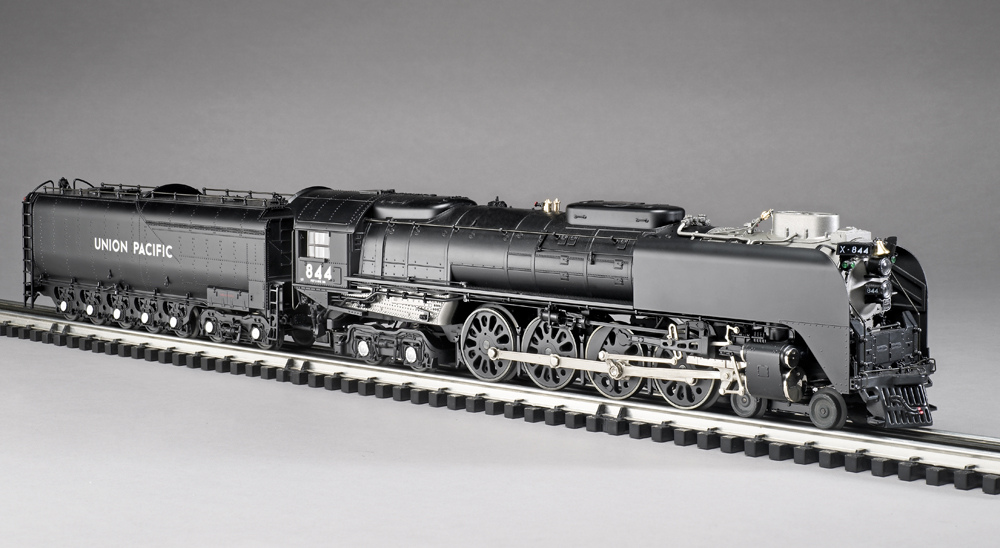
Rarely does a locomotive capture both the elements of power and beauty. As train enthusiasts we love the power aspect, but often the result is boxy, odd, or bland. The Union Pacific’s ten FEF-class steam locomotives set a standard for rugged beauty, and one in particular has had an operation life of 79 years. That […]
Read More…

My early “trainhood” was 1955 to 1968. I had an uncle who gave me a train the year I was born, and he added to the Lionel fleet on birthdays and Christmas for many years. All the trains were Lionel, but when I unboxed them in the early 1990s, I discovered the track, switches, and […]
Read More…
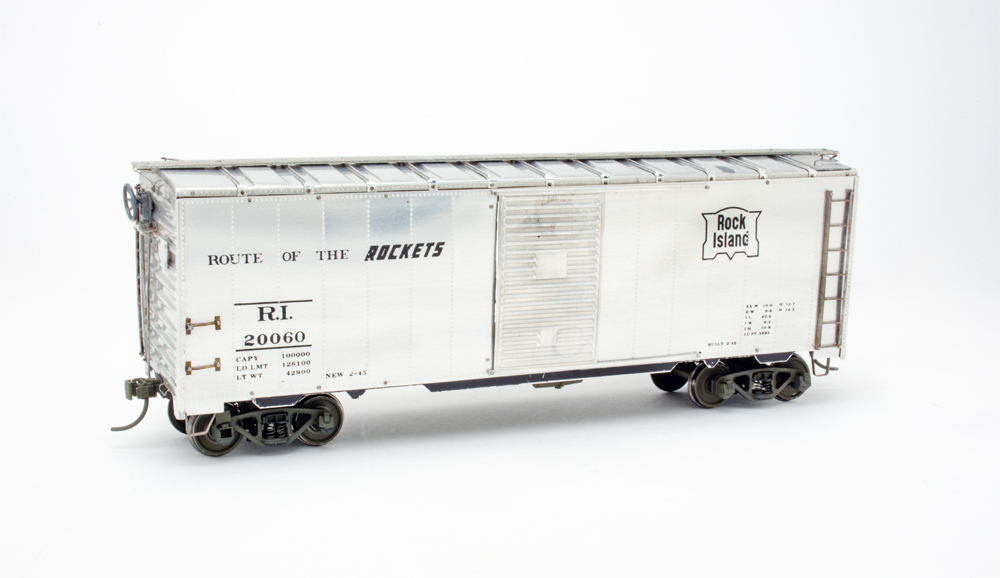
Lionel brought out its first No. 6464 near-scale boxcars in 1953. The models it developed were strongly influenced by what Athearn, a manufacturer of O scale trains, had already been doing, especially with a Rock Island prototype. Little wonder that toy train enthusiasts of every age praised the four new 6464 boxcars. Experienced O gauge […]
Read More…

This article was originally published in the December 1990 issue of Classic Toy Trains. John Grams was a longtime contributor and author of CTT’s Q&A column. He also wrote a number of toy train/hobby books. He died in 2011. How do you think this article holds up today? Leave a comment about the “characters” you’ve […]
Read More…
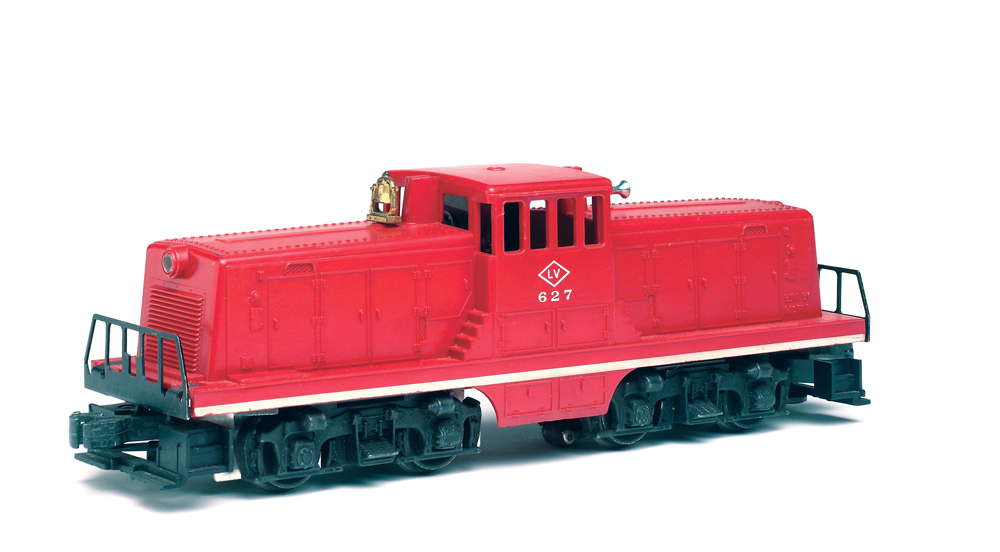
Lionel’s postwar 44-ton diesels may be the most overlooked O gauge locomotives of the era. Collectors focus, instead, on the firm’s models of F3 cab units by the Electro-Motive Division of General Motors and the Train Master road diesels made by Fairbanks-Morse. Operators also like those powerful diesels as well as the big and small […]
Read More…
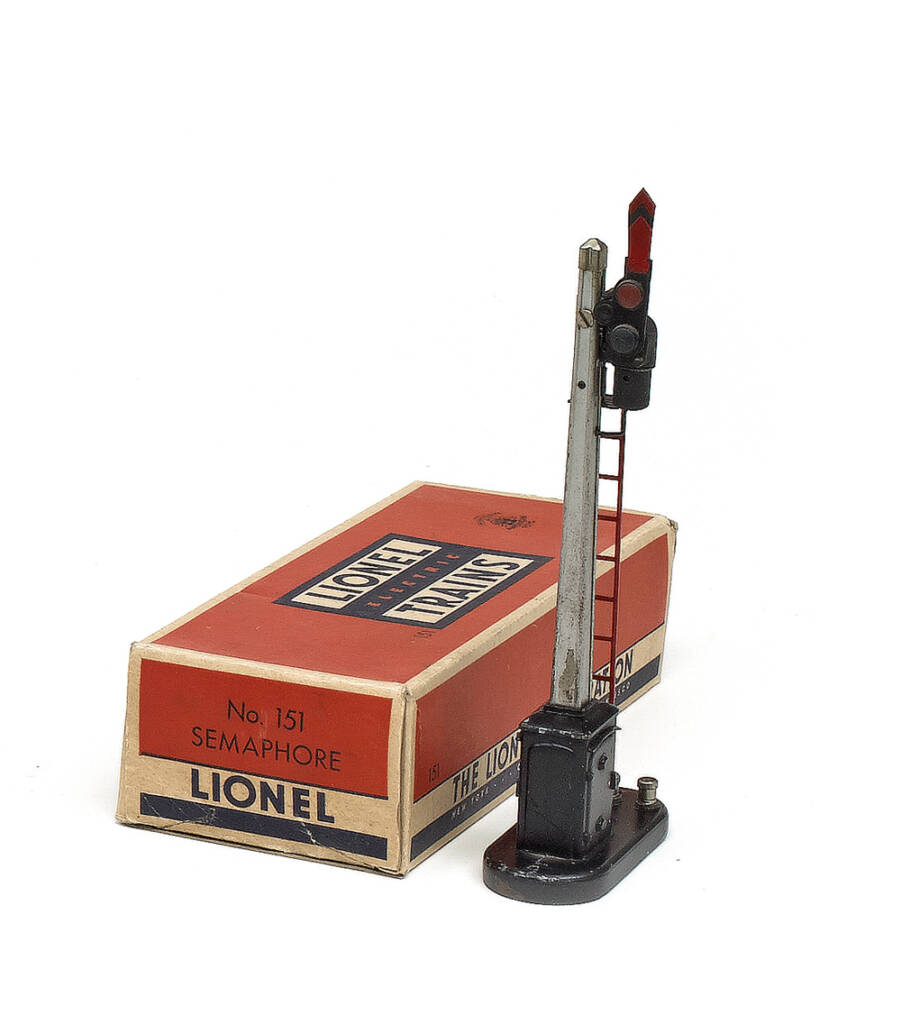
Lionel No. 151 Semaphore signals made their debut in the cataloged lineup for 1947 and remained popular members right through 1969, the final year of the post-World War II era of production. During that two-decade span, Lionel must have produced tens of thousands of the out-of-proportion trackside accessories. Collectors and operators of O-27 and O […]
Read More…
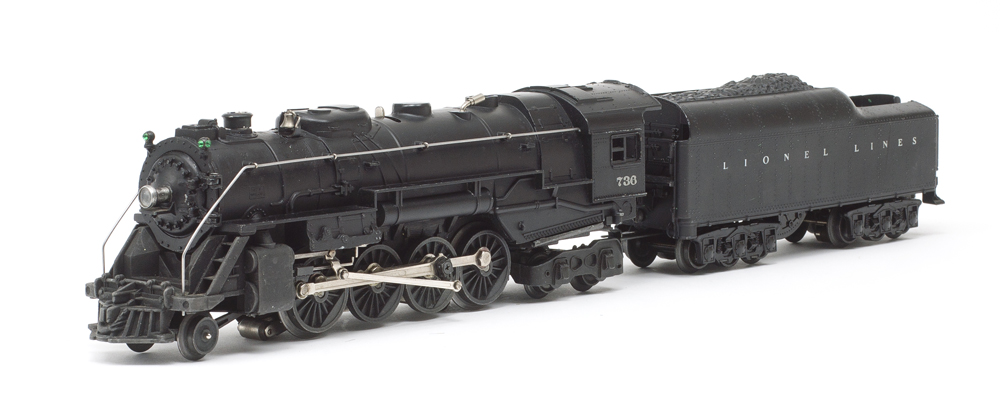
Lionel’s perfect postwar train set features a classic steam engine and a whistle tender pulling five different and very colorful freight cars or five streamlined passenger cars. How, you may be wondering, do we at Trains.com and Classic Toy Trains know this fact? Because a good number of loyal and experienced readers, familiar with the […]
Read More…
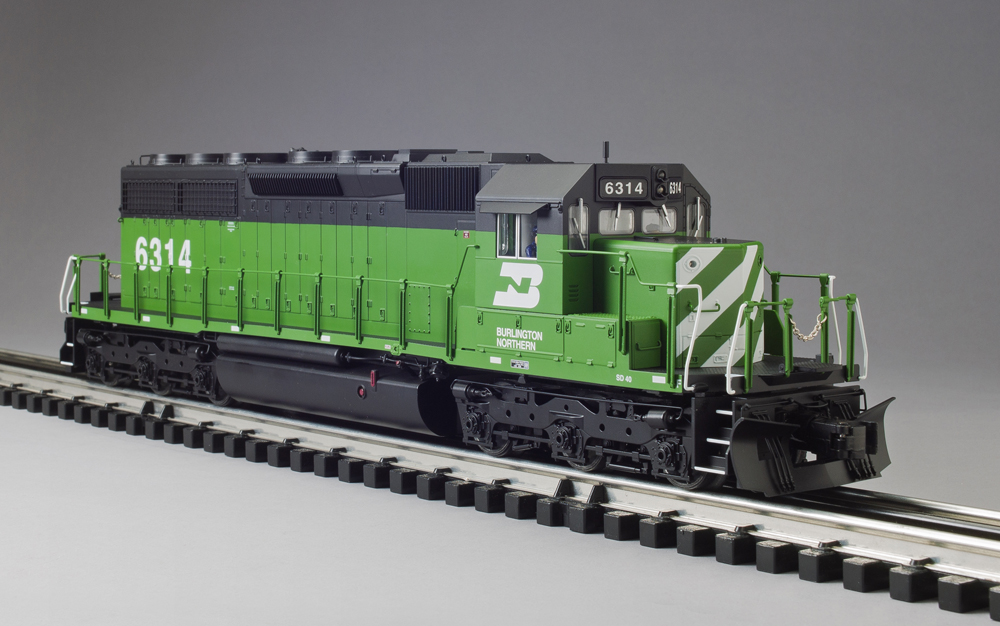
The SD40 could well be the most recognized face of second generation diesel power. Whether in the original version, or the Dash-2 with the extended front and rear pilots, or the Dash-2T tunnel motors with their extended body for air flow, they could be seen just about everywhere coast-to-coast. The Lionel Legacy No. 82276 SD40, […]
Read More…
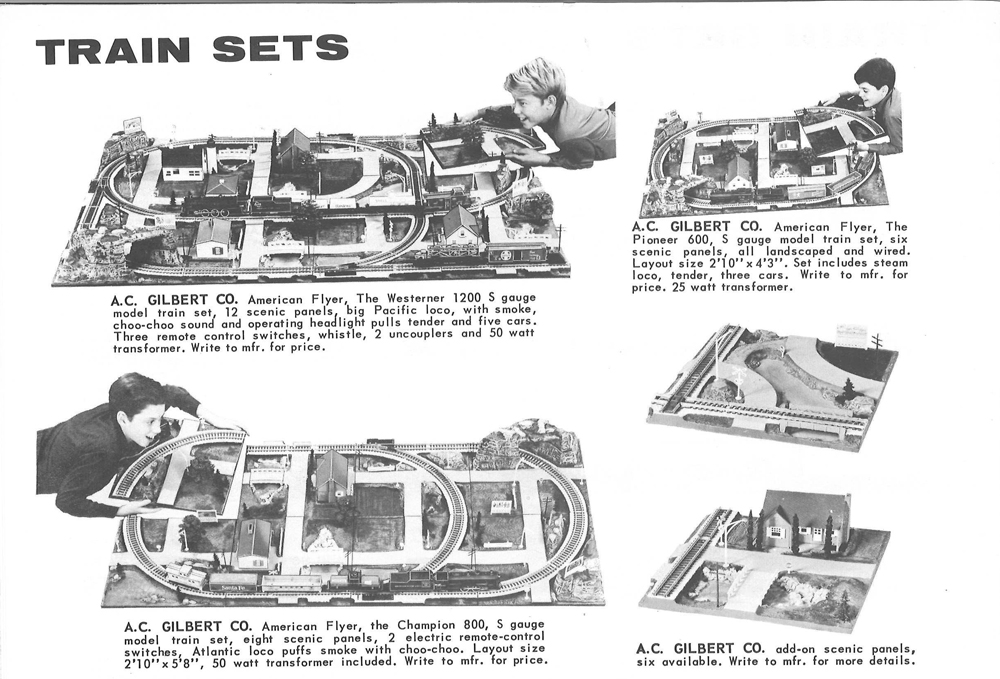
Tucked away in a drawer, I discovered a “Model Railroad Equipment Buyer’s Guide 1965-66” booklet, published by Kalmbach Publishing. It contained a variety of books, tools, and yes, model trains. While the majority of the booklet focused on HO scale trains, page seven was a surprise. It contains several American Flyer train sets and scenic […]
Read More…
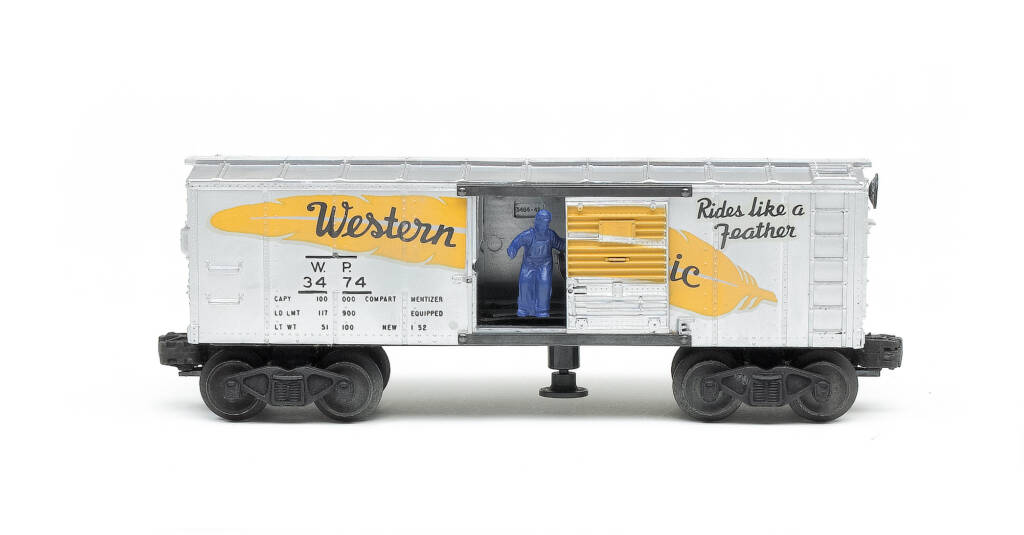
The Lionel No. 3474 Western Pacific Operating Boxcar upgrades any collection of postwar trains. It was another great model introduced in the outstanding year of 1952, which is covered in detail in Lionel Trains of the 1950s, a special interest publication from Classic Toy Trains. Over the past few years on Trains.com, I’ve been suggesting […]
Read More…
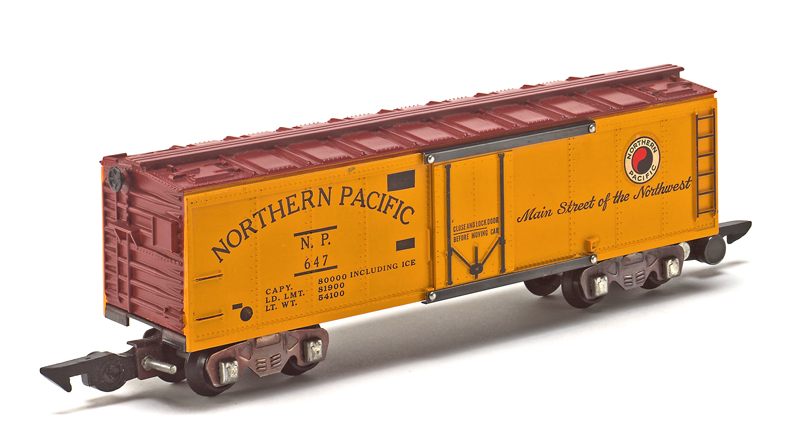
Glancing at the catalogs put out by the A.C. Gilbert Co. and the Lionel Corp. from 1952 or ’55 or ’58, you notice how similar the product lines were. Both Gilbert, which developed the American Flyer line of S gauge trains, and its rival marketed train sets at various price points to entice households with […]
Read More…

Knowledgeable hobbyists will likely tell you the line Lionel cataloged for 1954 represented the pinnacle of post-World War II production. In their opinion, the roster of steam and diesel locomotives, freight and passenger cars, and operating accessories was unsurpassed in terms of design, creativity, appearance, and operation. The No. 2219W five-car freight train headed by […]
Read More…












